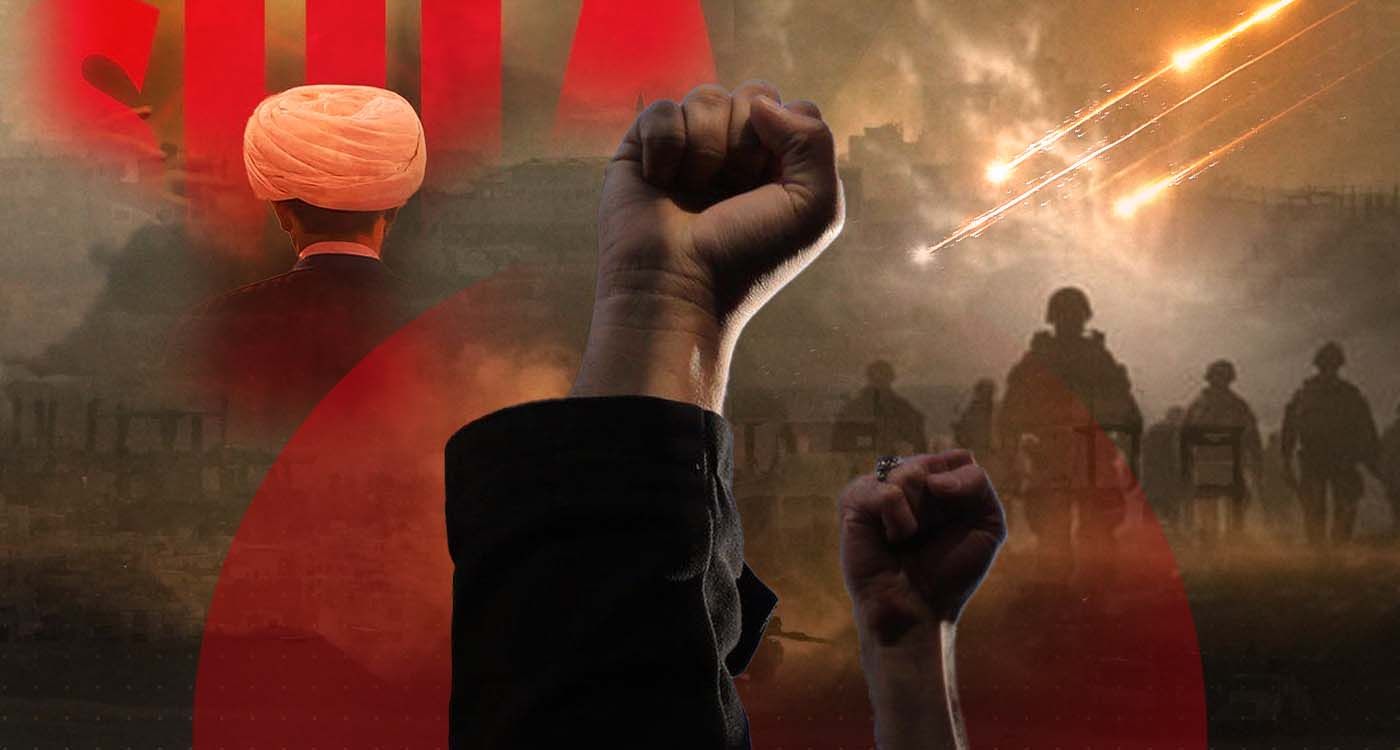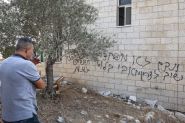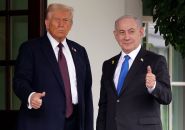- Home
- Arab World
- The Twilight of the Shia Crescent

©This is Beirut
For 45 years, Khomeini and his successor Ali Khamenei have sought to forge a Shia crescent stretching from Kabul to Beirut, passing through Baghdad, Damascus and Sana'a. This sweeping “revolutionary” project – religious, military and political – was built on the margins, fueled by communal suffering, billions in diverted public funds and a tangled web of illicit dealings. Tehran aimed to become the beacon of the Shia world, persuading its followers that they were a persecuted people. Instead, it led them to disaster.
It all began in mud and blood in1980 with the Iran-Iraq War. The Islamic Republic was barely born, yet already eager to export its revolution. Its first target: Iraq, a country with a Shia-majority population. Seizing on a strategic misstep by the brutal Saddam Hussein, who harbored ambitions beyond his borders, Iran unleashed its Revolutionary Guards on an Arab neighbor. But Iraq’s Shia did not yield to Iran’s siren song. Eight years of war, over a million dead, cities flattened, trenches, poison gas and children sent unarmed to the front lines, ordered to “clear” minefields. Some even wore a small golden plastic key around their necks, a gift from the mullahs, said to unlock the gates of paradise.
Iran began its imperial saga by sacrificing its own youth on the altar of a militant messianic vision.
From the outset, a clear goal was set: expand Shia influence, overthrow Arab regimes and build a sectarian belt stretching from Kabul to the Mediterranean. The “crescent” was born in horror, forged under gunfire and built on a foundation of lies.
The expansion soon spread far and wide. Iran sought to mobilize the Hazaras in Afghanistan and the Turi in Pakistan. In Quetta and Karachi, it aimed to deepen sectarian fault lines, yet its foothold remained shallow, its alliances fragile. No strategic breakthrough, only escalating tensions.
In Saudi Arabia, Tehran’s eyes turned to the eastern province, home to predominantly Shia communities and rich oil reserves, which quickly became a key focus. Agitation, sermons, infiltration attempts – all were met with failure against Saudi Arabia’s formidable security apparatus. Once again, no lasting gains.
In Bahrain, a Shia-majority uprising challenged the Sunni monarchy. But the authorities’ firm crackdown quickly shattered that illusion. Another failed gamble for Tehran.
In Iraq, Saddam’s fall in 2003 seemed to promise a fresh start. Shia militias flourished, government ministries were infiltrated and Tehran appeared to have seized control of Baghdad. Yet, Iran quickly became a source of division. The Iraqi state began to unravel. Even Shia youth took to the streets, chanting, “Neither America nor Iran.” A bitter irony: the very heart of Iran’s influence now turns against Tehran.
In Syria, Assad was saved by a massive influx of Shia militias from Iraq, Lebanon and Afghanistan. But six months ago, it all fell apart: Bashar al-Assad was overthrown by a loose coalition of armed Sunni groups. The Syrian stronghold collapsed. The axis lost its first foothold on the Mediterranean.
In Yemen, billions poured into the Houthis have yielded nothing but civil war, stray missiles and overwhelming humanitarian chaos.
In Lebanon, Hezbollah once believed it held the most powerful stronghold. It plunged headfirst into the Gaza war, aiming to trap Israel in a pincer movement. But Israel struck back swiftly and decisively. Its air force wiped out nearly all top commanders, Shia villages were emptied and the South was reduced to a wasteland. The much-touted balance of terror shattered with the very first rocket fired. The Ayatollahs’ access to the Mediterranean is now completely cut off.
All this unfolded in just a year and a half. Wherever Iran has set foot, it has sown conflict. Wherever it has claimed to defend Shia populations, it has brought devastation. No victories, no peace. Only endless wars, futile uprisings and costly strategic failures.
Today, Israel is dismantling Iran’s nuclear and ballistic programs, using the same methods it employed in Lebanon: targeting engineers and leaders, leveling facilities. Even Iran’s civilian nuclear ambitions have faded into a memory no nation wants to confront. Tehran rejected every diplomatic opening, relying instead on bluster, threats and a countdown to apocalypse. And it lost everything.
The Shia crescent is a scorched dream, a fantasy which turned into a regional nightmare. It came from a generation of mullahs obsessed with expansion, blind to the world around them, and even more so to their own people.
As John Kennedy once said, “Empires commit suicide; they are never assassinated.”
Read more





Comments